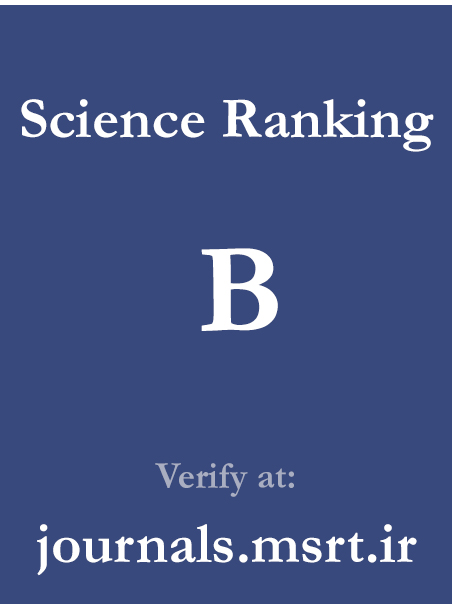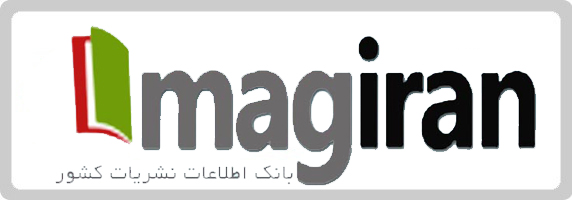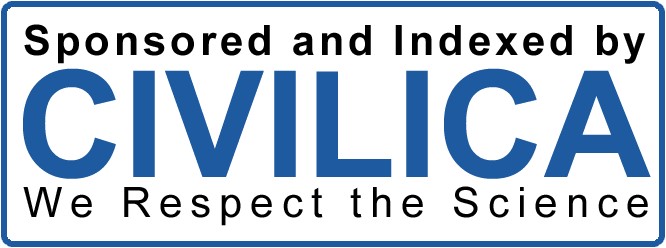Investigation of Monolingual German and Bilingual German–Persian Instruction Based on Vocabulary and Its Effect on Spoken Language
Keywords:
Monolingual, Bilingual, Target language, Native language, VocabularyAbstract
The issue of conducting foreign language classes based on monolingual or bilingual instruction is among the important topics in the field of education, which, in general, is examined in various countries. Vocabulary acquisition constitutes a significant part of language learning. Equating the target language with the same language leads to the expansion of the learner’s vocabulary range, resulting in mastery of spoken language and other skills mentioned in the study. The purpose of this research is to compare the teaching of a foreign language (German) in monolingual and bilingual formats in Iranian institutions, focusing on teacher-led instruction, and to examine its effect on the quality of learners’ language acquisition. A comparison of these cases at the intermediate level shows that, on average, a considerable proportion of learners in monolingual (German) settings are able to communicate fluently and confidently on various topics. Considering cultural aspects and engaging in discussions about the cultural issues of the target country and comparing them with those of the native country, through various texts, will lead to a deeper understanding and increased motivation among learners. One of the main objectives of this teaching method is to make foreign language classes conversation-oriented. One of the primary strategies to achieve this is instruction based entirely on the target language, independent of the native language, with automatic mental equivalence generation. Consequently, the broader the learner’s vocabulary range, the greater their gradual mastery of the target language will be, particularly in its spoken and written dimensions. Naturally, these results, consistent with the initial hypotheses, will have a significant impact on comprehension in various topics and situations
Downloads
References
1. Börner W, Kühn P, Hallet W, Königs FG. Didaktik und Methodik der Wortschatzarbeit: Bestandsaufnahme und Perspektiven Handbuch Fremdsprachendidaktik. Seelze: Klett/Kallmeyer; 2010.
2. Tschirner E. Wortschatz Deutsch als Fremd- und Zweitsprache, Handbuch. Berlin, New York: De Gruyter Mouton; 2011. 236-45 p.
3. Blachowicz C. Vocabulary: Questions from the classroom. Reading Research Quarterly. 2008;41(4):524-39.
4. Freudenstein R. Europe after 1992. Chances and problems for the less commonly taught languages. FIPLV World News. 1992;55(21):1-3.
5. Storch G. Deutsch als Fremdsprache - eine Didaktik. Stuttgart: UTB; 1999.
6. Köster L, Tschirner E, Mackus N, Möhring J, Pfeifer F. Aufbauwortschatz Deutsch als Fremdsprache nach Themen. Übungsbuch2013. 350-2 p.
7. Butzkamm W. Lust zum Lehren, Lust zum Lernen. Eine neue Methodik für den Fremdsprachenunterricht. Tübingen und Basel2012.
8. Luchtenberg S, Ahrenholz B, Oomen-Welke I. Language Awareness Deutsch als Zweitsprache. Baltmannsweiler: Schneider-Verl. Hohengehren; 2010. 107-17 p.
9. Stork A, Königs FG, Hallet W. Wortschatzerwerb Handbuch Fremdsprachenunterricht. Seelze-Velber: Klett Kallmeyer; 2010. 104-7 p.
10. Neuner G, Bohn R. Lernerorientierte Wortschatzauswahl und vermittlung Probleme der Wortschatzarbeit. Berlin/München: Langenscheidt Verlag; 1999.
11. Müller BD. Wortschatzarbeit und Bedeutungsvermittlung. Berlin: Langenscheidt; 1998.
Downloads
Published
Submitted
Revised
Accepted
Issue
Section
License
Copyright (c) 2025 Bita Boroumand Jazi , Leili Mesgarzadeh Aghdam, Shahram Sahavi (Author)

This work is licensed under a Creative Commons Attribution-NonCommercial 4.0 International License.




